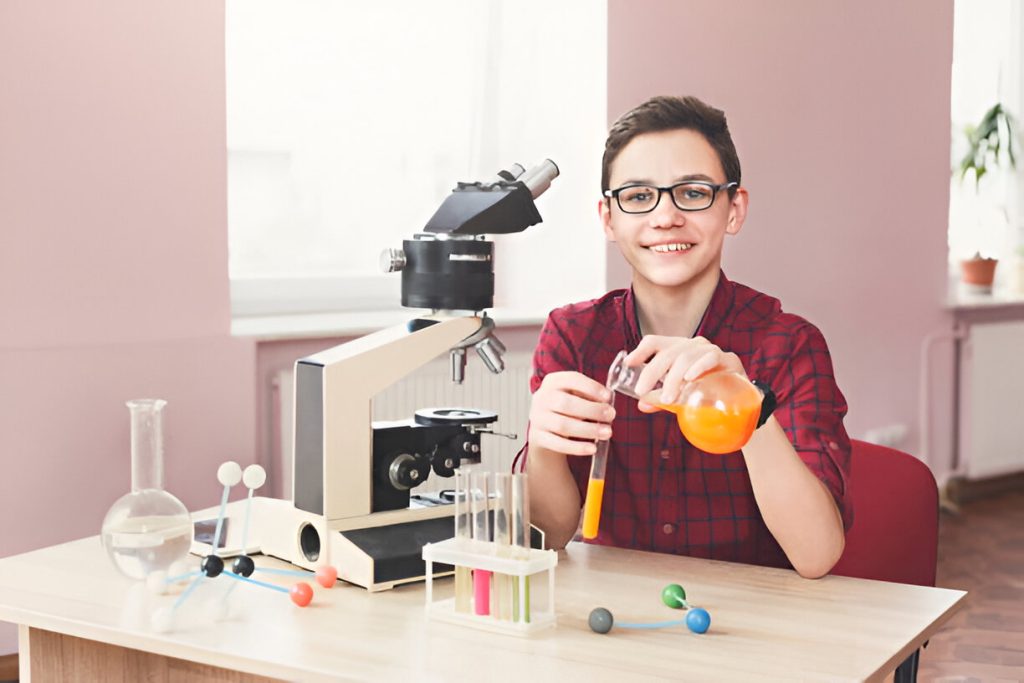Science need not to be dull. When we use storytelling as a pedagogical technique in science teaching, the world becomes a different place, atoms dance, volcanoes speak and a gravity can become a person. Everyone loves and engages well with a good story. That makes even serious science stuff easier to acquire and associate with. Whether in classroom or sitting down at the kitchen table with your child, it is easy to incorporate stories into science and make scientific learning a play date rather than a drudgery.
Turn Concepts into Characters
One great way to teach is to turn science ideas into characters. For example, show photosynthesis as a hard-working plant cook turning sunlight into sugar. Or say electricity is like electrons racing down a wire. Bringing abstract ideas to life helps kids make pictures in their minds and connect emotionally, which helps them remember stuff better.
Middle grade science students are old enough to understand the scientific concepts but still adore imaginative stories. You can visit online store Magical PT Elements. They offer a cool collection of Magical Elements of The Periodic Table, with unicorns and other cool characters. You can download these files to really improve the learning, helping students think of chemistry and other sciences as fun and almost magical.
Build a Story Arc Around Scientific Discovery
Every science discovery has a story of how it happened. Use these stories when you teach science. Discuss the discoveries of Newton who discovered gravity or Marie Curie that struggled with radioactive materials or how mankind revealed the usage of DNA.
You should tell the story this way, you should present the situation, how the problem was observed, how the scientists attempted to solve it (or perhaps failed), and then present the find. This imparts the science and it humanizes it. Students come to know that scientists are not people in a book but are explorers and problem-solvers.
Let Students Create Their Own Science Stories
Let your students get creative on suggested science topic. Students need to understand the science well so they can explain it, even if it’s with a talking frog or a scientist. They also get to take charge and will be happy with what they learn.
Use Digital Tools and Visuals
Stories don’t have to be on paper alone. Let students use apps, stop-motion movies, or even podcasts to make science come alive. Pictures such as drawings, animations, or slides make the stories better and help different types of learners.
Science comics and e-books and stories you can download are great for this. They mix stories, visuals, and science facts so kids pay attention and want to learn more.
Visual Science Books Bring It All Together
Sometimes, the best way to mix science and stories is with books that already do both. These types of visual and fun science books are on AMAZON. They have a great mix of learning, imagination, and fun, which is good for both school and home.
Conclusion
Science is a story. It’s the story of our world, our planet, and us. When we teach it with stories, we make that story alive. Use fantasy characters, real scientists, or stories that students make up. The main thing is to make science feel personal and interesting. With cool tools and some fun, you can turn any science lesson into a story worth telling and remembering.







More Stories
How to Summarize Articles for School More Effectively
5 Benefits of Collaborative Learning at University
Bilingual Education in Early Childhood: A Parent’s Guide